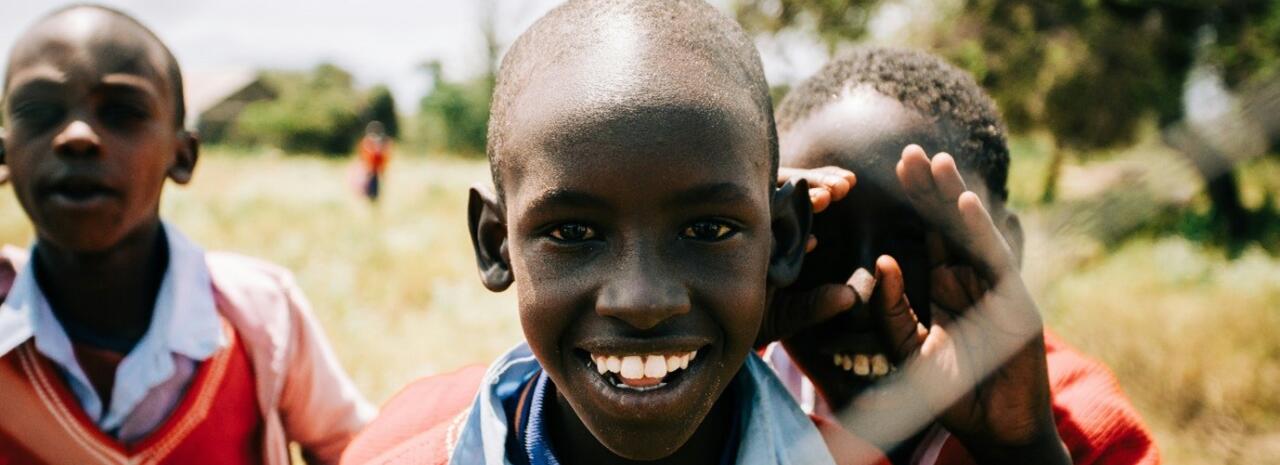
Review of social and child protection programme in Kenya
Genesis Analytics was commissioned to review and assess the design and implementation of the Joint Programme in Kenya, an initiative aimed at increasing equity in access to social protection and child protection services by 2022.
The initiative, funded by the Swedish International Development Cooperation Agency and jointly implemented by UNICEF and the World Food Programme, has been instrumental in providing support at both the national level and within 16 focus counties across the country.
The Genesis review was designed to evaluate the Joint Programme’s performance against its planned outcomes, its contribution to national and county-specific priorities, and towards achieving the Sustainable Development Goals in social and child protection.
The review is anchored in three central assessment criteria that align with the OECD DAC criteria: relevance and coherence, effectiveness, and sustainability. The review provides a comprehensive analysis of all activities carried out by the implementing partners of the Joint Programme from its inception in 2018 until 2022.
Addressing vulnerabilities and inequalities in Kenya requires a multi-sectoral, life-cycle approach to social protection and child protection. UNICEF’s widely agreed framework for social protection across the life course, which aligns with Kenya’s constitution and legal framework, serves as a guiding principle.
Social protection and child protection measures do more than help to reduce poverty and ensure that children grow up in safe, nurturing environments. They also promote better outcomes in other sectors, including health, nutrition, education and water, sanitation and hygiene (WASH).
Kenya has made impressive progress towards improving outcomes for children, but there is more work to be done. The proportion of the population living below the international poverty line ($1.90 a day in 2011 PPP) declined from 43.6% in 2005/6 to 35.6% in 2015/16. From 2015 to 2019, Kenya’s economy has grown at an average of 4.8% a year, translating to a significant reduction in poverty.
However, children are disproportionately affected by poverty, with 42% of children (0-18 years of age) living below the national poverty line, in comparison to 35% of Kenyans on average. These challenges were further exacerbated during the Covid-19 pandemic, especially for groups who were already vulnerable.